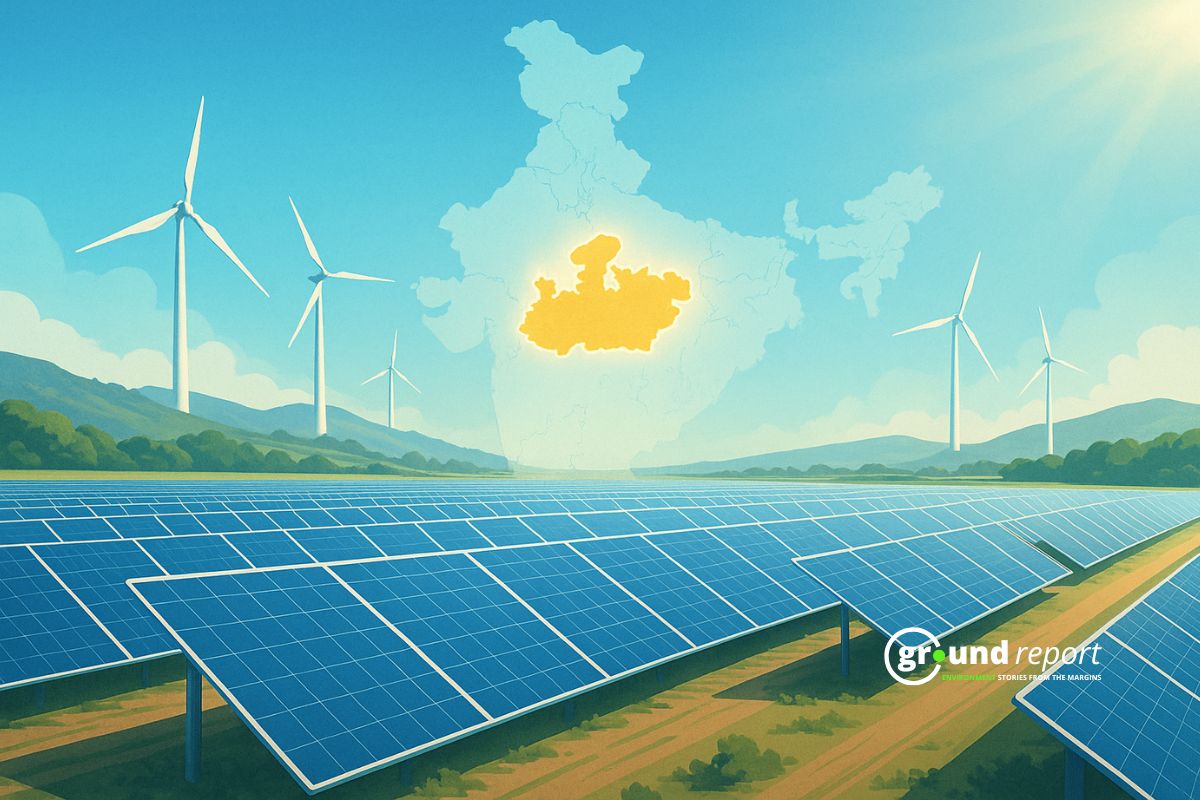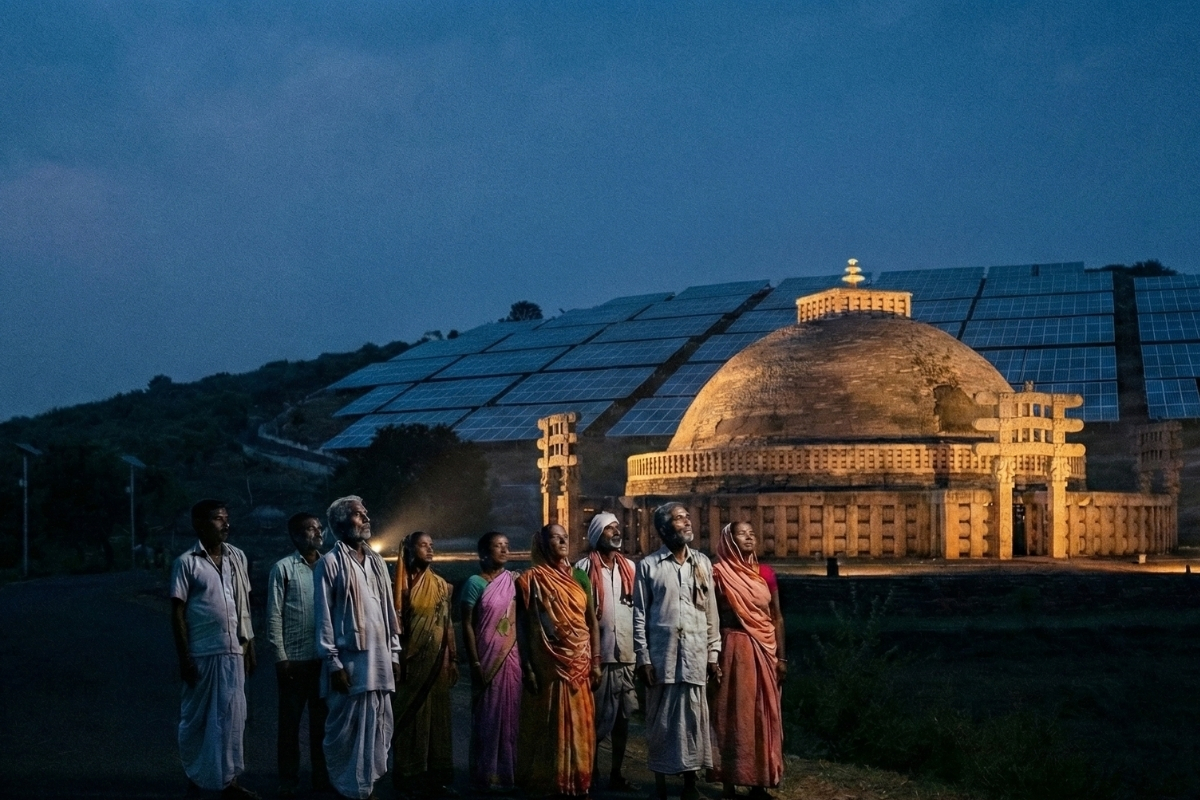A powerful 7.1-magnitude earthquake struck Tibet, China, early this morning, killing at least 53 people. Tremors were felt across northern India and Nepal, with strong shaking reported in Kathmandu. The earthquake, at 6:35 AM Indian Standard Time, severely damaged buildings in Tibet’s Shigatse region, rich in cultural significance and home to the Panchen Lama.
The earthquake occurred at a shallow depth of 10 kilometers, contributing to its destructive power. According to China’s official media, over 62 people were injured, and many remain trapped under collapsed buildings. Rescue operations have begun, with over 1,500 fire and rescue workers deployed to assist.
Strong 7.0 earthquake that hit Tibet region made significant damage.
Earthquake was widely felt in Nepal and India.#earthquake #sismo #temblor pic.twitter.com/eKVICcvWB0— Disasters Daily (@DisastersAndI) January 7, 2025
The earthquake’s epicenter was near the Nepal-Tibet border, in the Tibet Autonomous Region. It triggered multiple aftershocks, the largest measuring 4.4. These aftershocks have hampered rescue efforts in rural, mountainous areas with limited access due to harsh winter conditions. Authorities fear the death toll could rise as more information comes from these remote areas.
In Nepal, tremors were felt nationwide, including the Himalayan region near Mount Everest, where local officials reported shaking but no casualties. The earthquake was also felt in northern India, especially Bihar state, where residents reported building cracks and infrastructure damage.
This earthquake in Tibet follows smaller tremors in the region over the past five years. The Himalayan region, including Tibet and Nepal, is seismically active due to the ongoing collision of the Indian and Eurasian tectonic plates, which shapes the region and forms the Himalayan mountain range, making it vulnerable to powerful earthquakes.
According to Dr. Brian Baptie, head of seismology at the British Geological Survey, the collision of these tectonic plates causes many earthquakes in the region. “The India plate is pushing northward at about 45 mm per year, colliding with the Eurasian plate,” he explained. “This constant pressure and friction along fault lines release energy, causing the ground to shake.”
What caused 7.1 magnitude earthquake?
The 7.1 magnitude earthquake in Tibet results from ongoing tectonic activity where the Indian and Eurasian Plates collide. This seismic event reflects the dynamic processes shaping the Earth’s crust for millions of years, particularly uplifting the Himalayan mountain range, including Mount Everest.
Geologically, the Indian Plate is moving northward at about 5 cm per year, forcing itself underneath the Eurasian Plate in a process called subduction. This interaction involves significant friction and stress accumulation at the boundary between the two plates. When this stress exceeds the rock’s strength, it’s released as an earthquake.
This earthquake near the Nepal-Tibet border is prone to such events because it lies along the Main Himalayan Thrust (MHT), one of the world’s most active fault systems. The MHT is where the Indian Plate dives beneath the Eurasian Plate, creating a complex network of faults. The 7.1 magnitude quake likely occurred due to slip along one of these faults, either through a rupture of the locked plate interface or through the activation of secondary faults influenced by the primary tectonic stress.
Moreover, the depth of the earthquake, which is often reported with magnitude, can reveal the faulting type. Shallow earthquakes, like this one, are associated with the crustal deformation above the descending plate, whereas deeper quakes might involve the subducted slab.
Support us to keep independent environmental journalism alive in India.
Keep Reading
Watch: Kashmir experiences first snowfall of season after dry spell
Amarnath Yatra: Tackling rising death toll from extreme weather events
Tourists arrival in Kashmir break records, a need to regulate it?
From tourist paradise to waste wasteland: Sindh River Cry for help
Follow Ground Report on X, Instagram and Facebook for environmental and underreported stories from the margins. Give us feedback on our email id greport2018@gmail.com.
Don’t forget to Subscribe to our weekly newsletter, Join our community on WhatsApp, and Follow our YouTube Channel for video stories.






